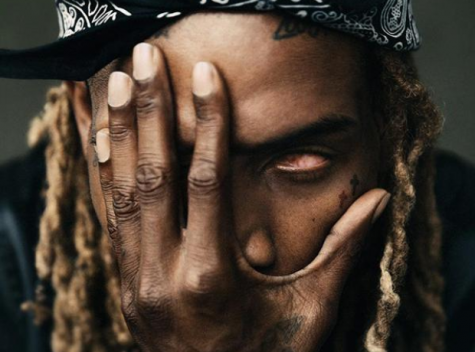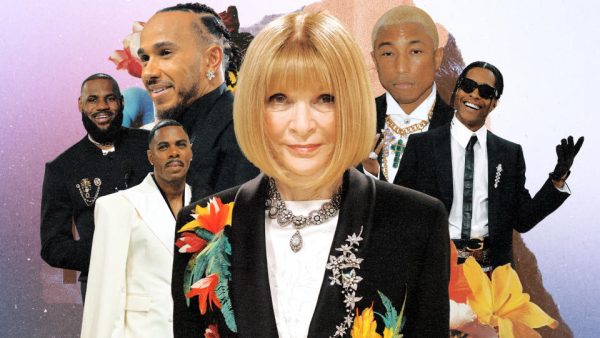The Rise and Fall of Fetty Wap

In 2015, millennials began hearing the catchy bop “Trap Queen” on any and every radio station in the United States.
“What trendy new artist sings this tune?” they would ask themselves. These teenyboppers, however, soon learned the name of their new role model: Fetty Wap.
Wap’s single “Trap Queen” spread infectiously as it was heard in cars, proms, and sock hops around the nation. Soon, almost every young person in the United States knew of Fetty Wap, along with many of their agreeing parents. The Fetty craze continued when he created his next album creatively entitled “Fetty Wap,” which included more popular tunes including “679,” “Again,” “My Way,” and thirteen others that the majority population didn’t bother to learn the words to. Experts on falling artists believe the popularity of his debut album was only due to the three or four hits from the album, which revealed his one-sidedness as an artist. Unlike more infamous rappers like Kanye West, Tupac, and Kendrick Lamar, Fetty’s popular songs seemed much too similar in tune and lyrics. In turn, following the catchiness craze, Wap’s album became widely forgotten by millennials and their parents. However, his loss in popularity did not keep him from creating his next two albums en-

titled “Zoovier” and “For My Fans, vol. 1.” While “vol. 1” suggests the collection will have more than one volume, Fetty has yet to create further additions, and former fans agree that “vol. 1” will likely be the first and last volume of the series. Although his fame ended quickly after it began, Fetty Wap will forever be an inspiring role model remembered by the children of the 2010s.
Fetty Wap’s music career and popularity can be compared to his infamous right eye: “one day it was there, and one day it [frickin’] wasn’t”-Fetty Wap, 2015-2016.







